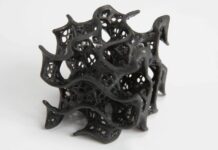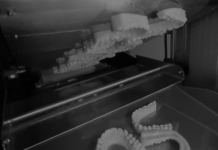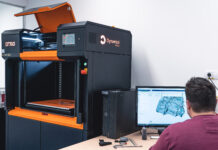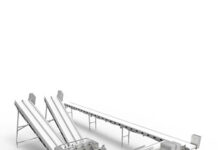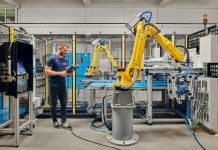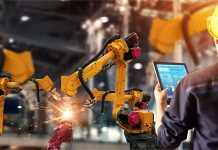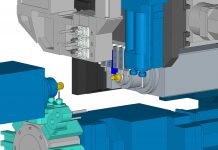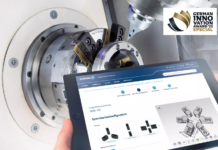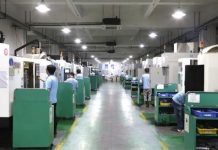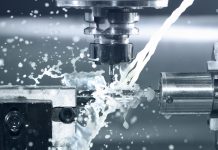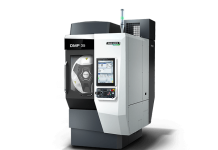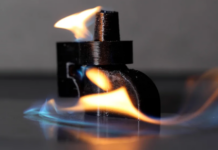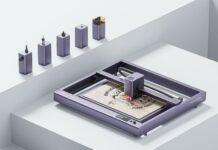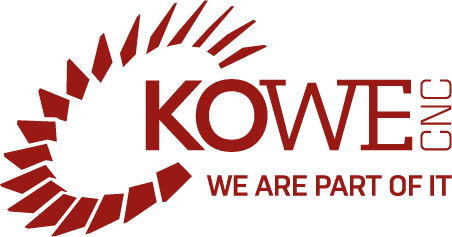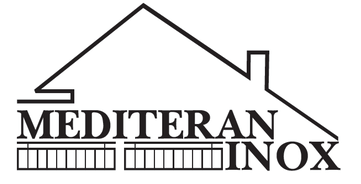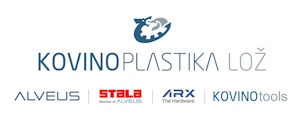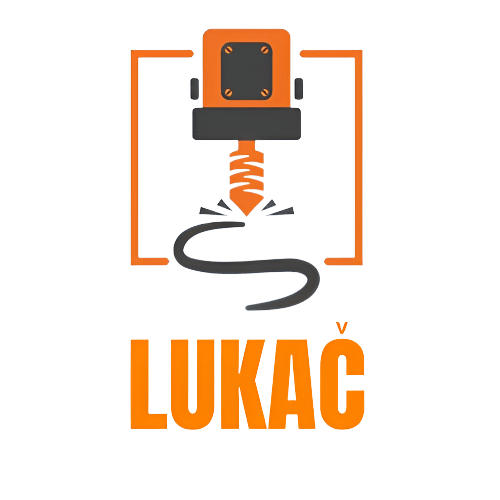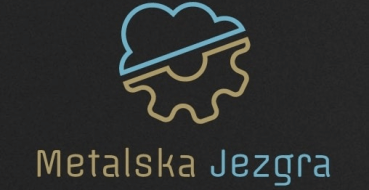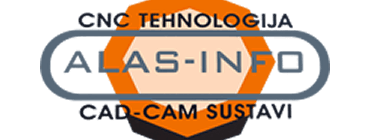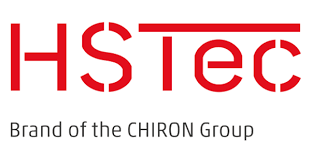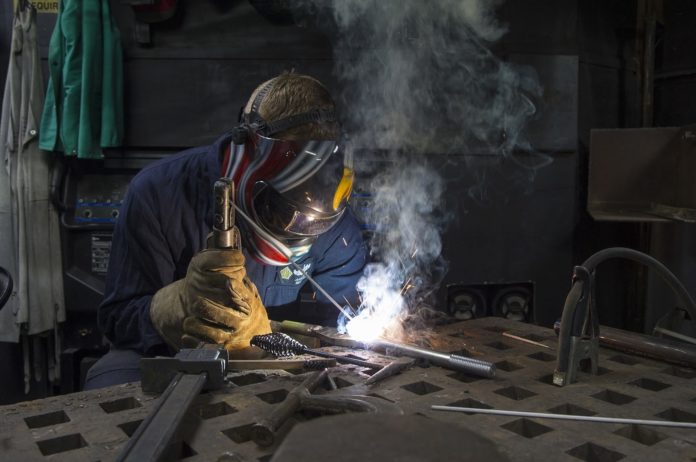
As different possibilities come to light, companies and individuals should realize that technology advances lead to process improvements.
Recent headlines indicate 2019 will be an exciting and innovative year for people who specialize in metal and metal composite additive solutions in manufacturing. As different possibilities come to light, individuals and organizations operating in the additive manufacturing/3D printing space should realize the others’ advancements and developments lead to improved ways of doing things that are more efficient or otherwise beneficial.
Here are six recent and notable developments in metal and metal-matrix composite additive manufacturing that will help shape other innovations and developments to come:
1.Two new patents
In many cases, a single company’s processes for manufacturing metal components has far-reaching effects on numerous industries. Such is the case with Titomic, an Australian company that deals with industrial-scale additive manufacturing. It recently received an exclusive license agreement with the Commonwealth Scientific and Industrial Research Organisation (CSIRO) and an acquisition agreement with Future Titanium Technologies (FTT).
Those developments allow Titomic to have the exclusive global rights for two patents associated with pipe production, providing substantial revenue opportunities for the company. Oil and gas and mining are among the sectors that will most likely benefit from these patents.
The company has a system called Titomic Kinetic Fusion (TKF) that allows people to bypass the size and profile limitations common in traditional pipe manufacturing methods. TKF fuses dissimilar metals to make pipes, valves, and similar components. When Titomic uses this option to make titanium pipes, the results reportedly have superior wear and corrosion resistance compared to other products on the market.

2.Faster, more cost-effective 3DP
Company executives continually look to boost value by producing metal in ways that are cheaper and faster than before. Desktop Metal, a Boston-based company that specializes in metal 3D printing, announced upgrades to its system that make it have the highest capacity and lowest per-part cost.
The enterprise will reach faster speeds with a single-pass jetting technology that uses a powder and inkjet-based approach. Thanks to the enhancements, the initial printing speed has gone up by 50%, offering the equivalent of more than 50 kilograms of metal per hour.
In one case study presented by the company, it was possible to create a precision tool bit through only a four-step process, though the traditional manufacturing approach requires 14 steps.
3.Simpler 3D printers
3D printing has quickly become a preferred metal production method, thanks in large part to the versatility of printers that fit real-world needs and are easy to use. For example, the MarkForged Metal X Production 3D Printereliminates the need for computer numerical control (CNC), casting, forging and post-finishing. Users merely load their 3D drawings into the user-friendly interface to get started.
That model can print several kinds of metal, too. Since the machine handles a variety of metal-printing needs, it could be a wise investment for companies that want to explore 3D printing for metal manufacturing and want a product that meets their current and future needs.
4.Printing replacement parts
Some enterprises rely on metal additive manufacturing to make repairs instead of only creating new parts. Optomec is a company that specialized in additive manufacturing for printed electronics and laser metal deposition, but sought to expand its business model by acquiring Huffman in late 2018. Huffman is a market leader in software and printing techniques that use metal additive manufacturing to repair gas turbines.
Taking this approach to deal with worn or broken gas turbines costs less than using new spare parts. The company’s method, referred to by the LENS trade name, can fix metal by applying coatings to existing components. Alternatively, when a gas turbine needs a full-part replacement, the LENS system makes it in a shorter time and less expensively than traditional manufacturing methods.
5.Pooling design resources
In another example of organizations pooling their resources to make gains in the metal manufacturing industry, Naval Group and Centrale Nantes devised a way to make the world’s first hollow propeller blade for a diesel marine vessel using metal additive manufacturing. The latter entity is a French educational institution that investigates new rapid manufacturing options.
The blade weighed about 300 kg and took less than 100 hours to make. It was a demonstration model made at one-third the dimensions of a propeller used on a working naval vessel, but the team is excited about future possibilities. They have their sights set on creating propellers that weigh 40% more than this first attempt.
6.Testing simultaneous printing
Speed is one of the priorities for metal manufacturing. Companies meet the demand in the marketplace by constantly exploring how to keep production levels high without sacrificing quality. Aurora Labs announced that its Rapid Manufacturing Technology (RMT) delivers metal production rates that are 55 times greater than the market speed.
It accomplishes this feat through a process that requires high-speed printing on multiple levels at once. The technique, known as multilayer concurrent printing (MCP) is a capability under the umbrella of MCP that is half the cost of traditional manufacturing methods and simultaneously applies multiple layers of powder.
When the company experimented with this method, it printed an item with a complicated lattice pattern to show what the technology could do. The company’s representatives hope their work will make 3D printing more appealing when compared with other choices that don’t cost as much.
More fascinating developments ahead – This list shows there are many advancements to feel excited about in the metal and metal composite additive manufacturing sectors.
As these efforts continue to gain prominence and more companies investigate them, enterprises should conclude it may be time to move past traditional manufacturing approaches and keep abreast of the newest opportunities.


